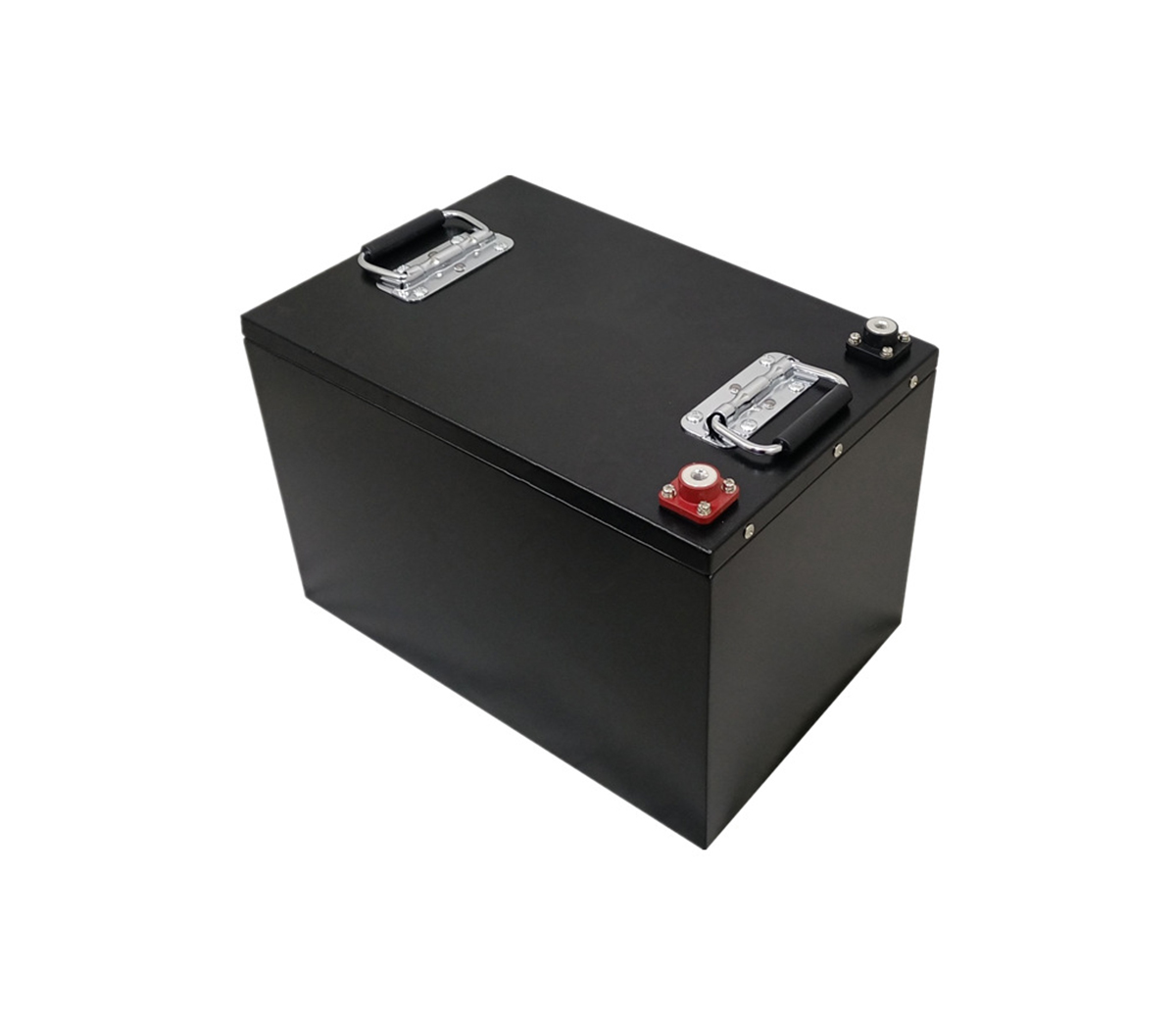Demystifying lithium-ion battery material testing technology
As a new energy source, lithium batteries are widely used in electronic
products and automobiles. In recent years, the state has vigorously supported
the new energy industry, and many domestic and foreign related companies and
research institutes have increased their investment to continuously research new
materials to improve the performance of lithium batteries in all aspects.
Lithium batteries as a new energy source are widely used in electronic
products and automobiles. In recent years, the state has vigorously supported
the new energy industry, and many domestic and foreign related companies and
research institutes have increased their investment to continuously research new
materials to improve the performance of lithium batteries in all aspects. The
lithium battery materials and related full-cell, half-cell, and battery packs
need to undergo a series of tests before they are put into production and
application. Let me summarize several commonly used testing methods for lithium
battery materials below.
1. Scanning Electron Microscope (SEM)
Since the observation scale of battery materials is in the range of
sub-micron, that is, a few hundred nanometers to several microns, ordinary
optical microscopes cannot meet the needs of observation, and electron
microscopes with higher magnification are often used to observe battery
materials.
Scanning electron microscope (SEM) is a relatively modern cell biology
research tool invented in 1965. It mainly uses secondary electron signal imaging
to observe the surface morphology of the sample. That is, a very narrow electron
beam is used to scan the sample. The interaction of the sample produces various
effects, among which is the secondary electron emission of the sample. Scanning
electron microscopy can observe the particle size and uniformity of lithium
battery materials, as well as the special morphology of the nanomaterials
themselves, and even by observing the deformation of the material during the
cycle, we can judge its corresponding cycle retention ability. As shown in
Figure 1b, the special network structure of the titanium dioxide fiber can
provide good electrochemical performance.
1.1 Principle of SEM scanning electron microscope:
As shown in Figure 1a, SEM uses electron beams to bombard the sample
surface to cause the emission of secondary electrons and other signals. It
mainly uses SE to amplify and transmit the information carried by SE, image by
point in time sequence, and image on the kinescope.
1.2 Features of Scanning Electron Microscope:
⑴The image has a strong sense of three-dimensionality and can observe
samples of a certain thickness
⑵The sample preparation is simple, and larger samples can be observed
⑶ Higher resolution, 30~40?
⑷The magnification is continuously variable, from 4 times to 150,000
⑸ can be equipped with accessories for quantitative and qualitative
analysis of micro-area
1.3 Observed objects:
Powder, granule, and block materials can be tested. Except for keeping dry
before testing, no special treatment is required. It is mainly used to observe
the surface morphology of the sample, the structure of the split surface, the
structure of the inner surface of the lumen, etc. It can directly reflect the
special structure and distribution of the particle size of the material.
2.TEM Transmission Electron Microscope
2.1 Principle:
mainly uses the incident electron beam to pass through the sample to
generate an electronic signal carrying the inside of the cross section of the
sample, which is magnified by a multi-stage magnetic lens and then imaged on the
fluorescent plate, and the entire image is established at the same time.
2.2 Features:
⑴The sample is ultra-thin, h<1000?
⑵Two-dimensional plane image, poor stereo perception
⑶High resolution, better than 2?
⑷Complicated sample preparation
2.3 Observed objects:
The nano-scale materials dispersed in the solution need to be dropped on
the copper net before use, prepared in advance and kept dry. Mainly observe the
internal ultrastructure of the sample. HRTEM high-resolution transmission
electron microscope can observe the corresponding crystal lattice and crystal
plane of the material. As shown in Figure 2b, the observation of the
two-dimensional planar structure has a better effect. Compared with the SEM, the
three-dimensional perception is poor, but it can have a higher resolution and
observe more subtle parts. The special HRTEM can even observe the material. The
crystal plane and lattice information.
3. Material crystal structure test: (XRD) X-ray diffractometer
technology
X-ray diffractometer technology (X-ray diffraction, XRD). A research method
to obtain information such as the composition of the material, the structure or
morphology of the internal atoms or molecules of the material by performing
X-ray diffraction on the material and analyzing its diffraction pattern. X-ray
diffraction analysis is the main method to study the phase and crystal structure
of substances. When a substance (crystalline or amorphous) is subjected to
diffraction analysis, the substance is irradiated by X-rays to produce different
degrees of diffraction. The composition, crystal form, intramolecular bonding
method, molecular configuration, conformation, etc. determine the production of
the substance Unique diffraction pattern. The X-ray diffraction method has the
advantages of no damage to the sample, no pollution, quickness, high measurement
accuracy, and a large amount of information about the integrity of the crystal.
Therefore, X-ray diffraction analysis, as a modern scientific method of material
structure and composition analysis, has gradually been widely used in the
research and production of various disciplines.
3.1XRD principle:
X-ray diffraction, as an electromagnetic wave, is projected into a crystal,
it will be scattered by the atoms in the crystal, and the scattered wave appears
to be emitted from the center of the atom, and the scattered wave emitted from
each atom center is similar to the source spherical wave. Because the atoms are
arranged periodically in the crystal, there is a fixed phase relationship
between these scattered spherical waves, which will cause the spherical waves in
some scattering directions to strengthen each other, and to cancel each other in
some directions, resulting in diffraction. The arrangement of atoms inside each
crystal is unique, so the corresponding diffraction pattern is unique, similar
to a human fingerprint, so phase analysis can be carried out. Among them, the
distribution law of diffraction lines in the diffraction pattern is determined
by the size, shape and orientation of the unit cell. The intensity of the
diffraction line is determined by the type of atoms and their position in the
unit cell. Through the Bragg equation: 2dsinθ=nλ, we can get different materials
to generate characteristic signals at special θ angle positions by X-rays
excited by a fixed target, that is, the characteristic peaks marked on the PDF
card.
3.2XRD test features:
XRD diffractometer has a wide range of applicability. It is usually used to
measure bulk materials such as powder, single crystal or polycrystal. It has the
advantages of fast detection, simple operation, and convenient data processing.
It is a standard "conscience product". Not only can it be used to detect lithium
battery materials, most of the crystal materials can be tested for their
specific crystal form by XRD. Figure 3a is the XRD spectrum corresponding to the
lithium battery material Co3O4. The crystal plane information of the material is
marked on the figure according to the corresponding PDF card. The black color of
the figure corresponds to the narrow crystal peak of the bulk material and its
height is obvious, indicating that its crystallinity is very good.
3.3 Test object and sample preparation requirements:
Powder samples or block samples with a flat surface. Powder samples need to
be ground evenly, and the surface of the sample should be leveled to reduce the
stress effect of the measured sample.
4. Electrochemical performance (CV) cyclic voltammetry and cyclic charge
and discharge
Lithium battery materials belong to the electrochemical range, so a series
of corresponding electrochemical tests are indispensable.
CV test: a commonly used electrochemical research method. This method
controls the electrode potential to scan one or more times in a triangular
waveform at different rates over time. The potential range is to allow different
reduction and oxidation reactions to occur alternately on the electrode, and to
record the current-potential curve. According to the shape of the curve, the
degree of reversibility of the electrode reaction, the possibility of
intermediates, phase boundary adsorption or new phase formation, and the nature
of the coupling chemical reaction can be judged. It is commonly used to measure
electrode reaction parameters, determine its control steps and reaction
mechanism, and observe which reactions can occur within the entire potential
scanning range and their properties. For a new electrochemical system, the
preferred research method is often cyclic voltammetry, which can be called the
"electrochemical spectrum". In addition to mercury electrodes, platinum, gold,
glassy carbon, carbon fiber microelectrodes and chemically modified electrodes
can also be used in this method.
Cyclic voltammetry is a very useful electrochemical research method, which
can be used to study the nature and mechanism of electrode reaction and the
kinetic parameters of electrode process. For a new electrochemical system, the
preferred research method is often cyclic voltammetry. Because there are many
affected factors, this method is generally used for qualitative analysis and is
rarely used for quantitative analysis.
Constant current cycle charge and discharge test: After the lithium battery
material is assembled into the corresponding battery, it needs to be charged and
discharged to test the cycle performance. The charging and discharging process
often adopts the method of constant current charging and discharging,
discharging and charging with a fixed current density, limiting the voltage or
specific capacity, and carrying out the cycle test. There are two testers
commonly used in the laboratory: Wuhan Landian and Shenzhen Xinwei. After
setting up a simple program, the cycle performance of the battery can be tested.
Figure 4b is a cycle diagram of a set of lithium battery materials after
assembling the battery. We can see that the black bulk material can circulate 60
times, and the red NS material can circulate more than 150 times.
Such traditional fuels are used in power equipment such as automobiles, and
the subsequent development of characterization and detection methods have also
been continuously improved and promoted the progress of the lithium battery
field.


































